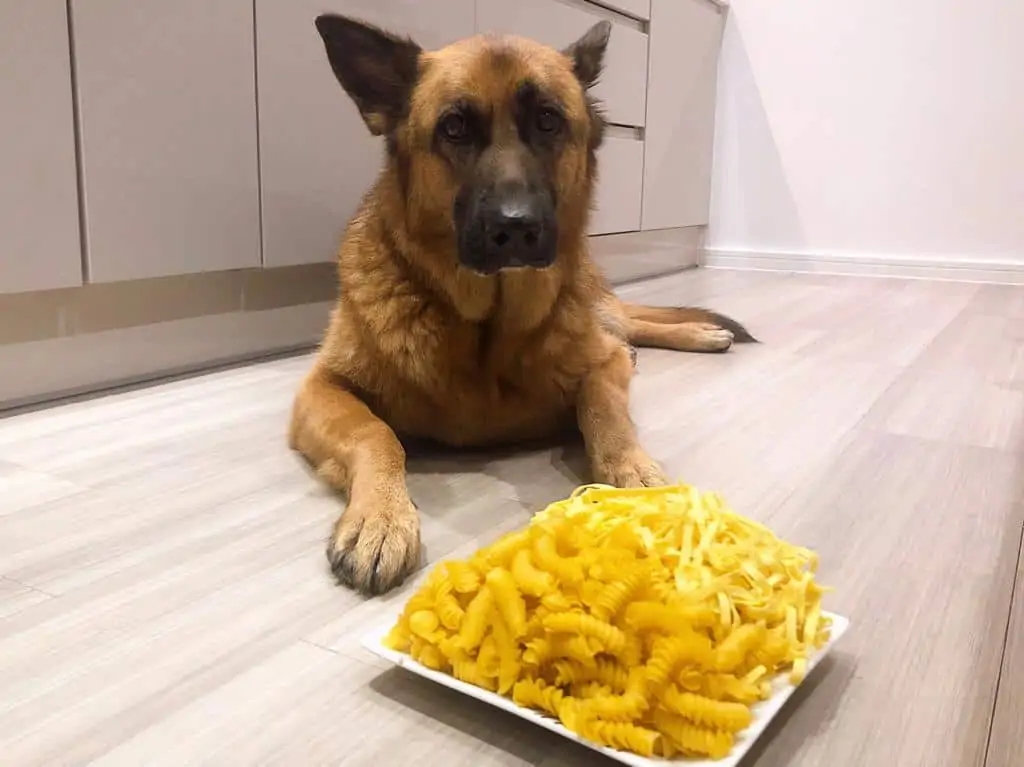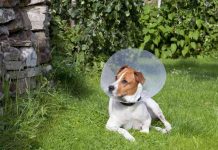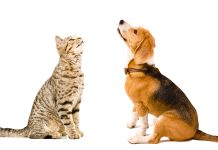Can Dogs Eat Pasta? Exploring Safety and Risks
As dog owners, we often wonder about sharing our meals with our furry companions. One common question that arises is, “Can dogs eat pasta?” In this comprehensive guide, we’ll delve into the topic to help you make informed decisions about feeding pasta to your beloved canine friend.
Nutritional Value of Pasta for Dogs
Before deciding whether to include pasta in your dog’s diet, it’s important to understand the nutritional composition. Pasta primarily consists of carbohydrates, with varying amounts of protein and minimal fat. It’s a staple in many human diets, but can it provide any nutritional benefits to dogs?
While pasta does offer carbohydrates, which are a source of energy, it’s important to consider the nutritional needs of dogs. Dogs require a balanced diet rich in protein, healthy fats, vitamins, and minerals. Let’s explore whether pasta meets these requirements and how it fits into a dog’s overall diet.
Can Dogs Eat Cooked Pasta?
Cooked pasta is generally safe for dogs in moderation. The cooking process softens the pasta, making it easier for dogs to digest. However, there are important considerations to keep in mind:
Plain, Unseasoned Pasta:
If you’re sharing pasta with your dog, ensure it’s plain and free from seasonings, sauces, and spices. Ingredients like garlic and onion, commonly found in pasta sauces, can be harmful to dogs.
Portion Control:
Dogs have different nutritional needs and calorie requirements compared to humans. Introduce cooked pasta as an occasional treat and in small portions to avoid overfeeding.
Moderation:
While small amounts of plain cooked pasta can be safe, it should not constitute a significant portion of your dog’s diet. Ensure that the majority of their diet consists of high-quality dog food designed to meet their nutritional needs.
Pasta Types and Their Impact on Dogs
Different types of pasta can have varying effects on dogs’ health. Let’s explore the potential impact of different pasta types:
Plain Pasta:
Plain pasta, such as cooked plain spaghetti or macaroni, can be the safest option for dogs. It provides carbohydrates for energy without the added risk of seasonings or spices.
Whole Wheat Pasta:
Whole wheat pasta contains more fiber and nutrients compared to refined pasta. While dogs can consume small amounts of whole wheat pasta, remember that their digestive systems are different from humans’, and too much fiber may lead to gastrointestinal upset.
Avoid Seasonings and Sauces:
Pasta dishes often come with seasonings, sauces, and toppings that are not suitable for dogs. Garlic, onions, and certain herbs can be toxic to dogs and should be strictly avoided.
Moderation and Portion Control
Feeding pasta to dogs should always be done in moderation. Consider the following guidelines:
Occasional Treat:
Pasta should be considered an occasional treat rather than a regular part of a dog’s diet. Their nutritional needs differ from humans’, and overconsumption of certain foods can lead to imbalances.
Small Portions:
When sharing pasta with your dog, offer a small portion that makes up only a fraction of their meal. Remember, their primary diet should consist of well-balanced dog food.
Monitor Reactions:
After introducing pasta to your dog’s diet, observe how they react. Some dogs may tolerate pasta well, while others may experience digestive discomfort or allergies. If you notice adverse reactions, discontinue pasta consumption.
Risks and Concerns of Feeding Pasta to Dogs
While pasta can be a safe treat for dogs when offered in moderation and plain form, it’s important to be aware of potential risks:
Gluten Sensitivity:
Some dogs may be sensitive to gluten, a protein found in wheat-based pasta. Signs of gluten sensitivity can include digestive issues, skin problems, and discomfort.
Caloric Intake:
Pasta is calorie-dense and can contribute to weight gain if not fed in controlled portions. Obesity in dogs can lead to a range of health problems.
Gastrointestinal Issues:
Overfeeding pasta or introducing it abruptly can result in gastrointestinal upset, including diarrhea or vomiting.

Signs of Pasta Allergies or Intolerance
Digestive Upset:
Diarrhea, vomiting, and excessive gas can indicate that your dog is having trouble digesting pasta.
Skin Issues:
Itchy skin, redness, rashes, or hives could be signs of an allergic reaction to pasta or its ingredients.
Behavioral Changes:
If your dog becomes lethargic, anxious, or displays unusual behavior after consuming pasta, it might indicate an adverse reaction.
Gastrointestinal Distress:
Dogs with pasta allergies or sensitivities might exhibit signs of discomfort, such as belly pain or bloating.
Scratching or Licking:
Excessive scratching, licking, or chewing on paws could suggest an allergic response.
It’s important to monitor your dog for any signs of allergies or intolerance if you decide to introduce pasta into their diet. Here are some common symptoms to watch out for:
Alternatives to Pasta for Dogs
Lean Proteins:
Cooked lean meats like chicken or turkey can offer protein without the risk of allergic reactions or excessive carbohydrates.
Vegetables:
Many dogs enjoy vegetables like carrots, green beans, and sweet potatoes as treats. These provide vitamins and fiber.
Fruits:
Certain fruits like apples (without seeds), blueberries, and watermelon can be a healthy, low-calorie option.
Commercial Dog Treats:
High-quality commercial dog treats are formulated to meet your dog’s nutritional needs and can be a convenient option.
Consult a Veterinarian:
Before introducing any new foods into your dog’s diet, consult your veterinarian for recommendations tailored to your dog’s specific health and dietary needs.
If you’re concerned about the potential risks of feeding pasta to your dog, there are safer alternatives that can provide similar benefits
Frequently Asked Questions (FAQs) About Dogs and Pasta
Q: Can dogs eat pasta?
A: Yes, dogs can eat plain, cooked pasta in moderation. However, there are important considerations to keep in mind.
Q: Is pasta safe for dogs?
A: Plain cooked pasta can be safe for dogs when offered occasionally and without added seasonings or sauces.
Q: What types of pasta are safe for dogs?
A: Plain and unseasoned pasta, such as cooked plain spaghetti or macaroni, is generally the safest option for dogs.
Q: Can dogs eat whole wheat pasta?
A: Dogs can consume small amounts of whole wheat pasta, but it’s important to watch for any digestive issues or sensitivities.
Q: How much pasta can I give my dog?
A: Pasta should be given in small portions as an occasional treat. It should not make up a significant portion of their diet.
Q: Can dogs eat pasta with sauce?
A: It’s best to avoid pasta with sauces or seasonings, as certain ingredients can be harmful to dogs, such as garlic and onions.
Q: What are the signs of pasta allergies in dogs?
A: Signs of pasta allergies in dogs can include digestive upset, skin issues, behavioral changes, and gastrointestinal discomfort.
Q: Are there alternatives to feeding pasta to dogs?
A: Yes, you can offer lean proteins like cooked meats, vegetables, fruits, and high-quality commercial dog treats as alternatives.
Q: Can dogs develop gluten sensitivity from pasta?
A: Some dogs may be sensitive to gluten found in pasta. Signs of sensitivity can include digestive problems and skin issues.
Q: Should I consult a vet before giving pasta to my dog?
A: Yes, it’s recommended to consult a veterinarian before introducing any new foods, including pasta, into your dog’s diet.
Conclusion:
Making Informed Choices for Your Dog’s Diet
Feeding your dog pasta can be a complex decision that involves considering their nutritional needs, potential allergies, and overall well-being. Here’s a recap of the key takeaways to help you make informed choices:
Moderation is Key:
Pasta can be a safe treat when fed in moderation and plain form. However, it should not replace your dog’s balanced diet of high-quality dog food.
Plain and Unseasoned:
If you decide to share pasta with your dog, ensure it’s plain and free from seasonings, sauces, or spices that can be harmful.
Monitor Reactions:
Introduce pasta slowly and monitor your dog for any signs of allergies, intolerance, or discomfort.
Alternatives Available:
Safer alternatives like lean proteins, vegetables, and fruits can provide nutritional benefits without the potential risks.
Consult a Veterinarian:
Before making any changes to your dog’s diet, consult a veterinarian to ensure their dietary choices align with their individual health needs.




